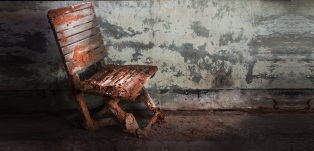Wood, like an invaluable asset, must be protected from those trying to destroy it. Fungi and insects are two notorious creatures that can devour wooden structures and make them weak and brittle, if left unmanaged for a long period. Heat, moisture, and pollution can also make wood vulnerable to these destructive wood-eating creatures.

Termite Affected Furniture
Fungi are usually non-harmful predators, which only cause the wood to stain. However,there does exists a fungus that has the potential to reduce wood to crumbs — the dry rot fungus. This fungus consumes the integral parts of the wood, deteriorating its strength and stiffness. The other wood-eating creatures are the insects: Termites, Carpenter Ants, and Powderpost. Of these, termites are the most aggressive wood destroyers. They can single-handedly consume the very foundation and character of the house, without making their presence known until almost everything is not destroyed. Speaking of the other two, Carpenter Ants are insects that do not eat wood, but excavate it out for their nesting, and while the Powderpost are beetles that only attack hardwood. Most insect infestations are well-established before any of its outward signs become visible. Thus, to alleviate wood damage, we must avert termites from getting near our furniture in the first place. And this can be attained only through a thorough wood-management plan. While investing in furniture, we must also consider preserving it with Terminator. Terminator is a highly advanced ant-termite treatment plan that safeguards wood from termites and other wood-eating monsters. Besides, it also eliminates the existing infestations. Termites have been callously destroying our homes since ages. However, the hour has arrived to wage war against them. Join Terminator in destroying the very existence of these termites and other wood-consuming creatures. Nobody attacks termites the way Terminator does — it terminates them before they even reach the wood.











